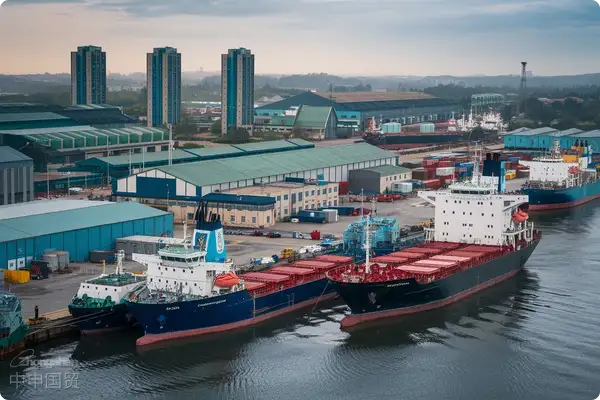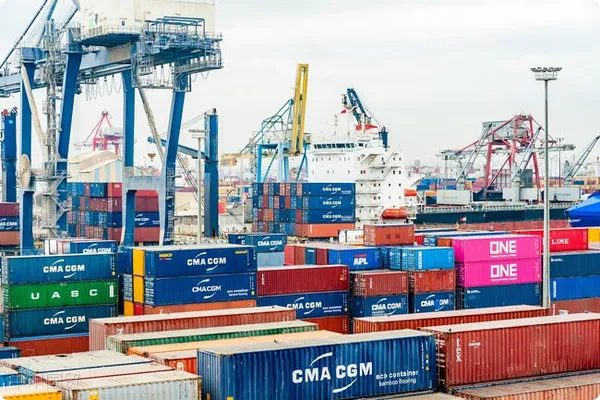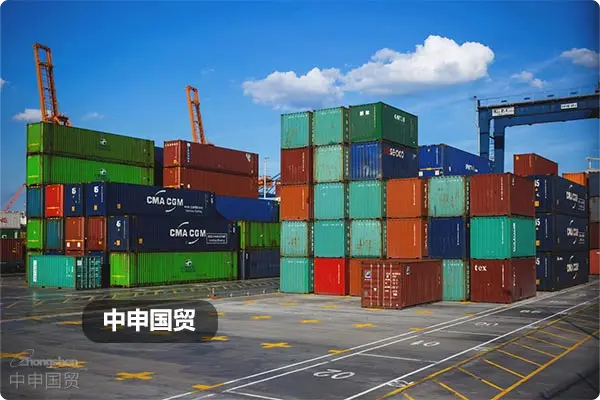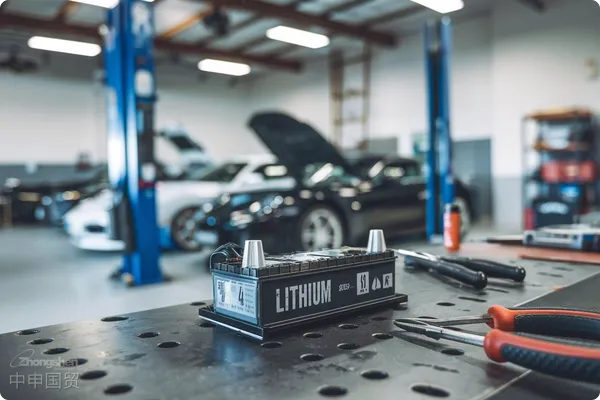- Shanghai Zhongshen International Trade Co., Ltd. - Two decades of trade agency expertise.
- Service Hotline: 139 1787 2118

New energyRevolutionary changes in equipment procurement
In 2025, the globalphotovoltaicWith installed capacity expected to exceed 550GW, the demand for monocrystalline furnaces - core equipment for silicon wafer manufacturing - continues to rise. However, the latest statistics from the General Administration of Customs show that the error rate in monocrystalline furnace import declarations has reached 37% over the past three years, mainly involving technical parameter misreporting,It is recommended to verify through the following methods:missing documentation and other professional issues.
Typical challenges faced in independent procurement
A real case from a new energy enterprise in March 2025: Due to incorrect reporting of equipment chamber dimensions, a ¥20 million imported monocrystalline furnace was detained at Tianjin Port for 28 days, incurring additional storage fees of ¥470,000. This exposes three major pain points in self-managed imports:
- Difficulty in overcoming technical barriers: Professional conversion required for over 20 key parameters including vacuum level and thermal field size
- Blind spots in supplier management: EU equipment manufacturers often have CE certification scope discrepancies
- Policy application deviations: The 2025 revised Catalogue of Encouraged Imports adjusted the duty-free scope for semiconductor equipment
Core value matrix of professional agents
- Risk pre-control system
- Triple verification of supplier qualifications (production license, technical agreement, performance capability)
- Preparation of bilingual equipment parameter comparison tables
- Customized customs clearance strategies
- Precise HS code classification (avoiding 8486 vs 8417 disputes)
- Verification of certificate of origin validity
- Tax optimization portfolio
- Staged planning of import tariffs and VAT
- Application of import tax policies for major technical equipment
End-to-end operation guide (2025 edition)
- Needs Assessment Phase: Create equipment parameter templates containing 18 technical indicators including heating power and crystal growth rate
- Contract negotiation stage: Embed Incoterms?2025 trade terms to clarify key responsibility divisions such as DPU Rotterdam
- Logistics execution stage: Adopt modular packaging solutions to reduce transportation damage rates, with precision components declared separately
- Customs declaration phase: Apply for advance commodity classification rulings to reduce customs clearance time by an average of 15 working days
Practical Case: 48-Hour Emergency Customs Clearance Solution
A TOP10 photovoltaic companys Q1 2025 import of German monocrystalline furnaces triggered customs inspection due to control system version issues. Our measures:
- Retrieved bilingual Chinese-English technical documentation within 2 hours
- Coordinated with third-party testing agencies to issue functional discrepancy statements
- Activated AEO-certified enterprise fast clearance channel
Ultimately achieved equipment release within 12 hours after inspection, avoiding production line shutdown risks, with estimated loss recovery exceeding 3 million yuan
Related Recommendations
? 2025. All Rights Reserved. Shanghai ICP No. 2023007705-2  PSB Record: Shanghai No.31011502009912
PSB Record: Shanghai No.31011502009912










